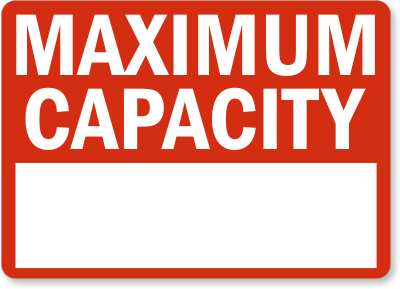Introduction
When making capacity decisions, managers must answer the simple question, "How much?" Determining the organization's capacity to produce goods and services involves both long-term and short-term decisions. Long-term capacity decisions involve facilities and major equipment investments .

capacity
The question managers must answer for capacity decisions is simply "How much?"
Long-term decisions
In 2007, Airbus introduced its Super Jumbo Jet that carries up to 850 passengers and costs USD 3 billion. The Super Jumbo Jet provides huge amounts of passenger carrying capacity, but before an airline purchases this jet, it needs to decide if it has enough passengers to generate the revenue to pay for the plane and earn profits for the airline. Buying a large single airplane like the Super Jumbo Jet may not be the right capacity decision for an airline that serves numerous medium-sized cities. On the other hand, an airline that serves passengers traveling between large cities like New York City, USA, and Shanghai, China might find the Super Jumbo Jet to be a perfect choice for meeting consumer demand.
Short-term decisions
Capacity decisions are also required in short-term situations. In a grocery store, the number of customers that need to pay for their groceries at any one point during the day will vary significantly. To provide good customer service, managers must make sure that sufficient cash registers and employees are on-hand to meet check-out demand at any given time.
Similarly, hotels must make sure that they have enough employees to register arriving guests, clean hotel rooms, and provide food and beverages to customers. These decisions must be made carefully to avoid excessive labor costs that result from having an excess of employees available for the number of customers being served.